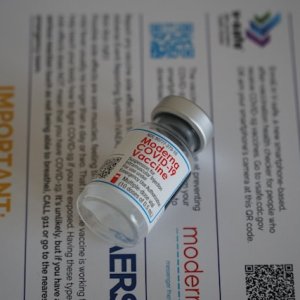
Leveraging Mobility to Detect COVID-19 Cases
 By Jorge Ramos Zwanziger | Junior Journalist and Industry Analyst -
Fri, 01/22/2021 - 17:30
By Jorge Ramos Zwanziger | Junior Journalist and Industry Analyst -
Fri, 01/22/2021 - 17:30
COVID-19 cases are still ramping up in Mexico. Mexico City has had over 425,000 cases of COVID-19, according to JHS CSSE COVID-19 Data, and is now one of the most dangerous places in the country when it comes to contagion. To control the pandemic, the city announced it was entering red-light status to disincentivize mobility but restrictions failed to reduce mobility as much as they did in May 2020. Data from the Ministry of Mobility (SEMOVI) show that during Dec. 2020 and Jan. 2021, mobility surpassed that of July, August and September 2020 when the light was in orange, reports Excelsior. While Mexico City did see a small decrease in mobility between Dec. 25 and Jan 1, this was the normal reduction seen during the December holidays when many stay home to spend time with family.
This might indicate the need for further measures to reduce mobility and slow down the virus. In Jalisco, an academic from Universidad de Guadalajara (UAG) believes that mobility can be studied to properly identify areas with the highest population flow and the most serious risks of contagion of COVID-19. Adriana Inés Olivares González, Researcher and Academic at UAG, explained to El Heraldo de México that population movements can be observed and measured. She highlights the importance of measuring agglomerations of people and the agglutination of mobility elements, which are motivated by economic incentives.
Researchers from the Institute for Research and Study of Cities (INCiudades), from UAG’s University Center of Art, Architecture and Design (CUAAD) have jointly developed a project to properly detect COVID-19 contagions through mobility in the state of Jalisco. The model, available through this link, can be helpful not only during the COVID-19 pandemic but also to detect other types of epidemiological problems and even to help create public policies for social benefits. "This predictive model of the spread of the COVID-19 pandemic is available through a dashboard-type website platform. This allows for constant updates with reliable and strategic information to create strategies that can contain any infectious-contagious diseases," González Romero, Director of INCiudades, explained to El Heraldo de México. The website has information on mobility, the risk of infection and how vulnerable a municipality is, among other things.
















